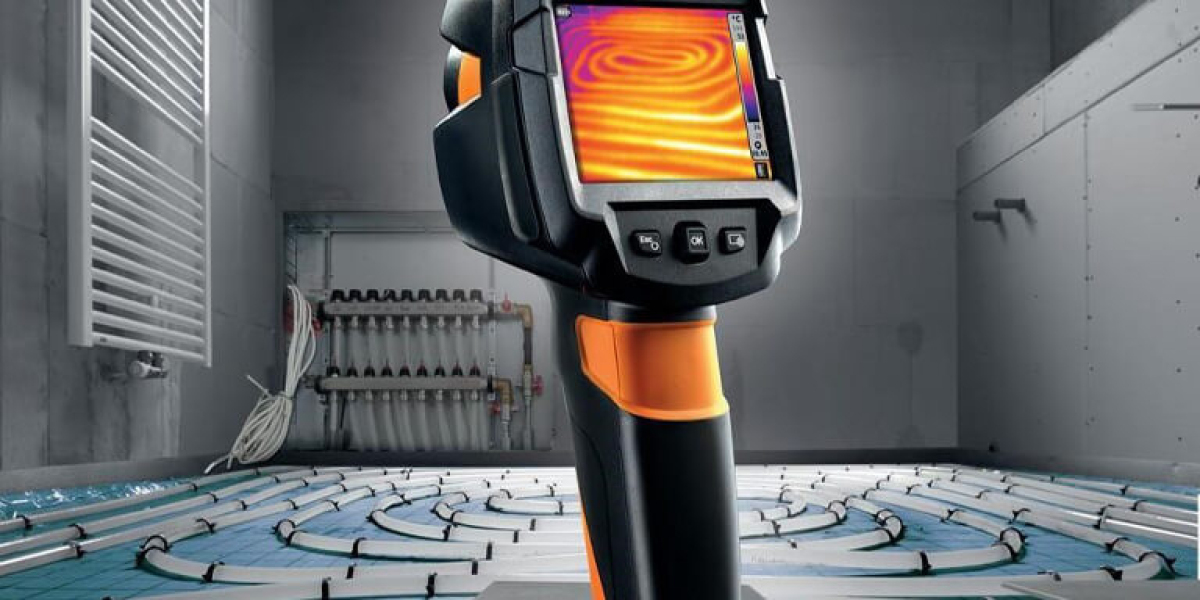In recent years, night vision thermal technology has gained significant attention for its ability to enhance visibility in low-light conditions. This technology is not just a tool for military and law enforcement; it has become increasingly popular among outdoor enthusiasts and hunters. But what exactly is night vision thermal technology, and how does it work?

What is Night Vision Thermal Technology?
Night vision thermal devices detect infrared radiation emitted by objects, allowing users to see in complete darkness. Unlike traditional night vision, which amplifies available light, thermal imaging focuses on heat signatures. This means that even in total darkness, a thermal camera can identify warm objects, such as animals or people, against cooler backgrounds.
How Does Night Vision Thermal Work?
The core of night vision thermal technology lies in its ability to convert thermal energy into a visible image. Here’s a simplified breakdown of the process:
- Detection: The thermal sensor detects infrared radiation emitted by objects.
- Conversion: The sensor converts this radiation into an electronic signal.
- Image Creation: The signal is processed to create a thermal image, which is displayed on a screen.
This process allows users to see heat signatures, making it invaluable for various applications, including search and rescue operations, wildlife observation, and security surveillance.
Applications of Night Vision Thermal Technology
The versatility of night vision thermal technology is evident in its wide range of applications:
- Hunting: Hunters use thermal scopes to locate game animals in low-light conditions.
- Search and Rescue: Emergency responders rely on thermal imaging to find missing persons in dark environments.
- Security: Thermal cameras are employed in surveillance systems to detect intruders at night.
- Wildlife Observation: Nature enthusiasts utilize thermal devices to observe nocturnal animals without disturbing their natural behavior.
Choosing the Right Night Vision Thermal Device
When selecting a night vision thermal device, consider the following factors:
- Resolution: Higher resolution provides clearer images.
- Detection Range: Ensure the device meets your specific needs.
- Battery Life: Longer battery life is essential for extended use.
For more detailed guidance on using thermal scopes during the day, visit this comprehensive guide.
Conclusion
Understanding the science behind night vision thermal technology opens up a world of possibilities for various users. Whether for professional use or recreational activities, the ability to see in complete darkness can enhance safety and effectiveness. As technology continues to evolve, we can expect even more advancements in thermal imaging, making it an essential tool for many.








